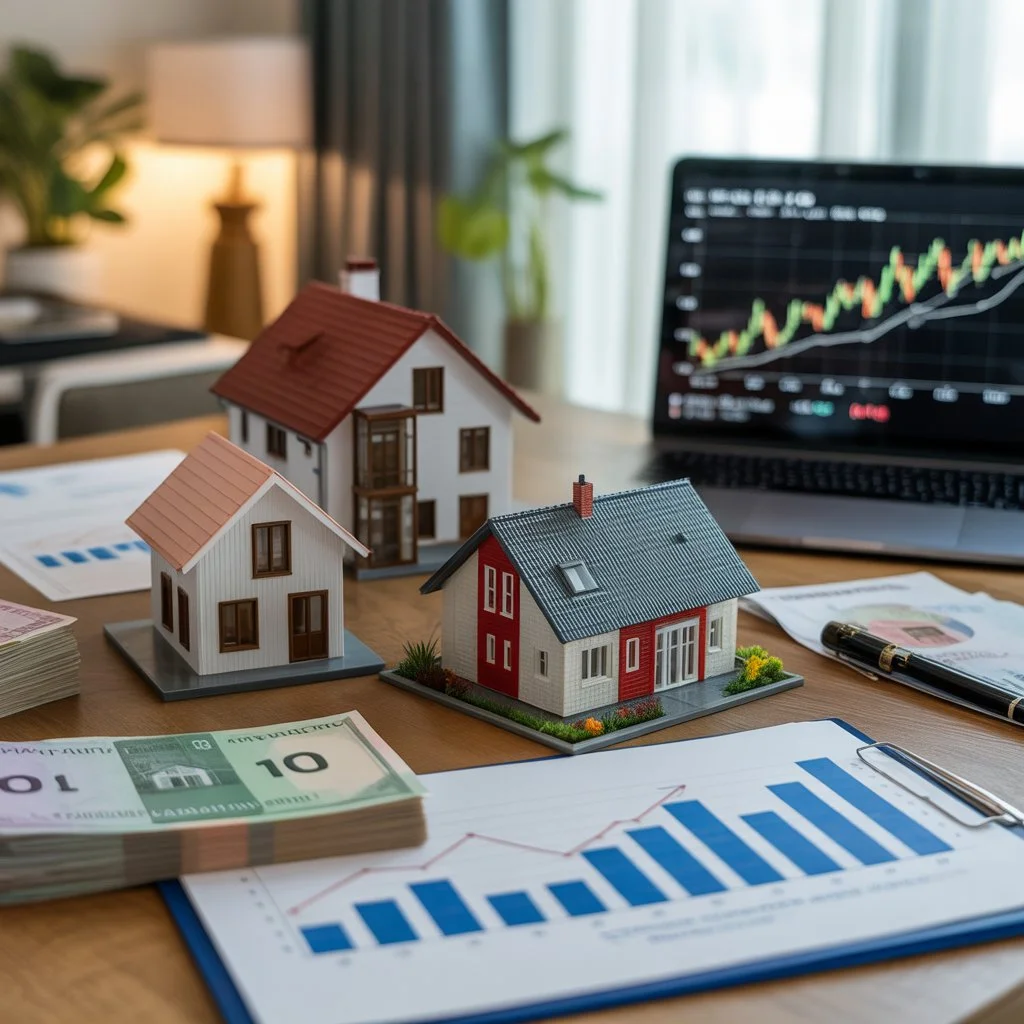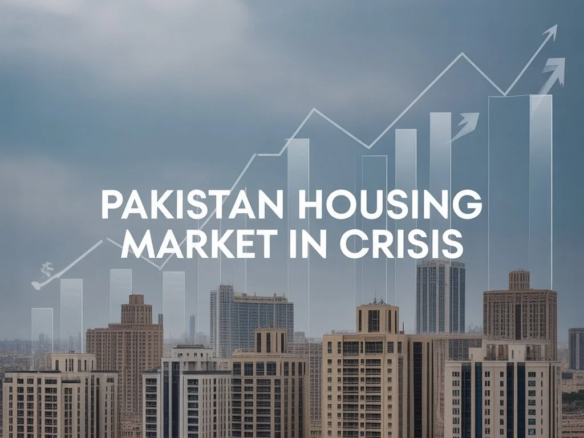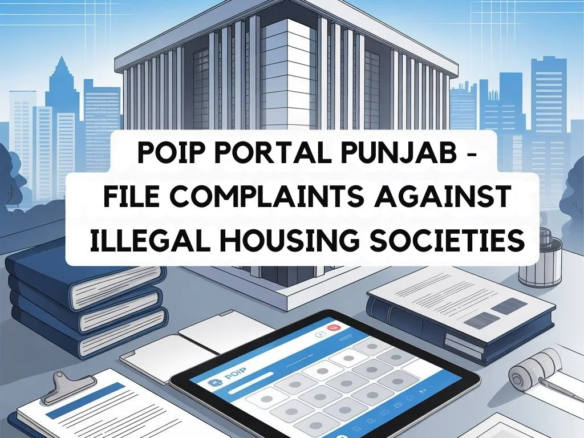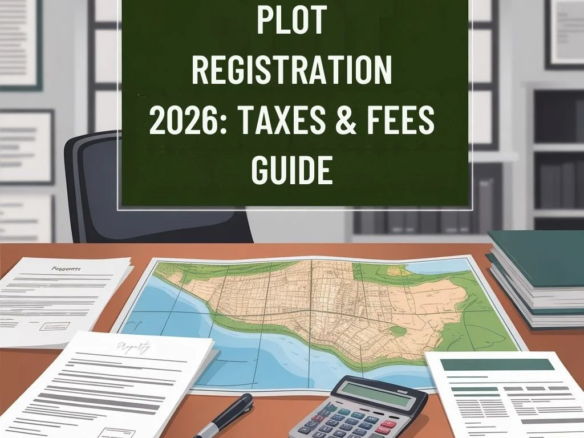Pakistan’s real estate market trends in 2025 show a is undergoing a transformative phase driven by economic shifts, tax reforms, government-backed development projects, and changing consumer behavior. As inflation eases and the government takes initiatives to regularize and formalize the property market, both local and overseas investors are reassessing their strategies. This guide explores the latest market trends, identifies emerging opportunities, and offers insights for investors looking to navigate the real estate landscape in Pakistan this year.
1. Shift Toward Formalization and Regulatory Oversight
One of the most notable developments in 2025 is the government’s push to bring transparency and structure into the real estate market. The introduction of the Real Estate Regulatory Authority (RERA) marks a significant shift toward monitoring and licensing of developers, agents, and housing societies. The aim is to reduce fraudulent practices and protect buyers’ interests.
With RERA in place, unregistered operators now face penalties, and developers are required to disclose project timelines, land ownership, and approval status. For investors, this regulation means better due diligence and more trustworthy dealings, especially in large-scale housing societies and commercial ventures.
2. Major Tax Reforms Stimulating the Market
The federal and provincial budgets for 2025–26 introduced several tax incentives that are expected to stimulate real estate transactions. Noteworthy changes include:
- Abolishment of Federal Excise Duty (FED) on first-time property transfers.
- Reduction in stamp duty in Islamabad from 4% to 1%.
- Lower withholding tax for property buyers, especially salaried individuals.
- Permission for non-filers to purchase residential properties up to PKR 10 million and commercial properties up to PKR 100 million.
- These reforms are designed to encourage formal buying and selling, reduce under-the-table dealings, and attract overseas Pakistanis who previously avoided the market due to unclear tax policies.
3. Market Dynamics: Urban vs. Suburban Growth
Urban centers such as Lahore, Karachi, and Islamabad remain hotspots due to ongoing infrastructure development and better amenities. However, there’s a growing trend toward suburban expansion in areas like DHA Multan, Bahria Orchard Lahore, and Gulberg Green Islamabad, where property prices are more accessible and long-term capital appreciation potential is strong.
The government’s focus on planned cities and smart urban development is further accelerating demand in suburban projects. Improved road networks, schools, and healthcare facilities are making these areas more livable, prompting many to consider relocating from congested city centers.
4. Rise in Mid-Tier and Rental Investment
With rising construction costs, developers are increasingly offering mid-tier apartments and mixed-use developments instead of large luxury villas. This segment caters to Pakistan’s growing middle class and young professionals who seek affordable yet modern housing options.
At the same time, rental yields remain attractive across major cities. In Islamabad and Karachi, rental returns are averaging between 6% and 7% annually, making them appealing to investors who want stable monthly income. The rise of co-living and furnished rental units is also opening new opportunities, especially near business districts and universities.
5. Smart Cities and Eco-Conscious Development
2025 is also witnessing a surge in smart and sustainable housing projects. Developers are integrating solar energy systems, rainwater harvesting, AI-enabled home automation, and green spaces into housing plans. Projects like Ravi Riverfront Urban Development and Islamabad Health Tech Park are examples of how urban planning is evolving.
These smart city initiatives are not just a branding exercise; they align with global standards and attract both local and foreign investors who are environmentally conscious and tech-savvy.
6. Overseas Pakistanis Driving Investment Surge
A significant portion of real estate investment in Pakistan continues to come from overseas Pakistanis, particularly from the Middle East, UK, and North America. In 2025, this trend is being reinforced by:
- Improved online payment and property verification systems.
- Reduced transaction costs due to tax reforms.
- The perception of real estate as a safer long-term investment compared to volatile currency or stock markets.
Several real estate companies have launched exclusive investment packages and REITs (Real Estate Investment Trusts) for overseas investors, further strengthening this inflow.
7. New Focus on Real Estate Investment Trusts (REITs)

Another major trend in 2025 is the rise of REITs, allowing small investors to participate in real estate through shares rather than buying entire properties. The first few REITs launched in Karachi have shown strong initial performance, encouraging others to follow suit.
This financial product is especially attractive to salaried individuals and young professionals who want to diversify their portfolio without taking on the hassle of property management.
8. Infrastructure Developments Fueling Demand
Several ongoing infrastructure projects are adding momentum to real estate growth. These include:
- ML-1 Railway Project, improving regional connectivity.
- Six major canal projects under the Green Pakistan initiative, expected to make millions of acres of land cultivable, potentially opening new land for future housing.
- Ring Roads and bypasses in cities like Lahore, Rawalpindi, and Multan, reducing travel times and improving suburban access.
As these projects near completion, surrounding land is appreciating rapidly, offering capital gain opportunities for early investors.
9. Challenges and Risks to Consider
While the outlook remains optimistic, investors must remain cautious of:
- Legal disputes over land ownership, especially in unapproved societies.
- Delays in project completion, which can trap capital for long periods.
- Political instability or judicial actions affecting mega developers like Bahria Town or other high-profile projects.
Thorough due diligence, verification through local development authorities, and legal consultation are essential steps before making any investment decision.
10. Expert Investment Tips for 2025
Here are a few strategic tips for real estate investors in Pakistan for 2025:
- Focus on approved housing societies with completed infrastructure and NOCs.
- Consider rental-focused investments in city centers for regular income.
- Invest early in government-backed smart city projects for long-term capital gain.
- Diversify through REITs if you’re a low to mid-range investor.
- Monitor budget announcements and tax reforms, as these have a direct impact on pricing and transaction volumes.
Conclusion
Pakistan’s real estate sector in 2025 presents a mix of promising opportunities and evolving risks. With the market moving toward regulation, transparency, and digitalization, investors now have better tools to make informed decisions. Whether you’re a seasoned developer, a first-time buyer, or an overseas Pakistani looking to invest back home, the key lies in staying informed, doing your homework, and investing in the right location at the right time.
With supportive government policies, growing urbanization, and robust rental yields, Pakistan’s property market is well-positioned for growth in 2025 and beyond.
Want to know more? Check out Pakistan Budget 2025–26: Major Tax Relief Announced for Property Buyers and Corporate Sector
Like, share and comment: Facebook, Instagram, Youtube and Tiktok





Join The Discussion